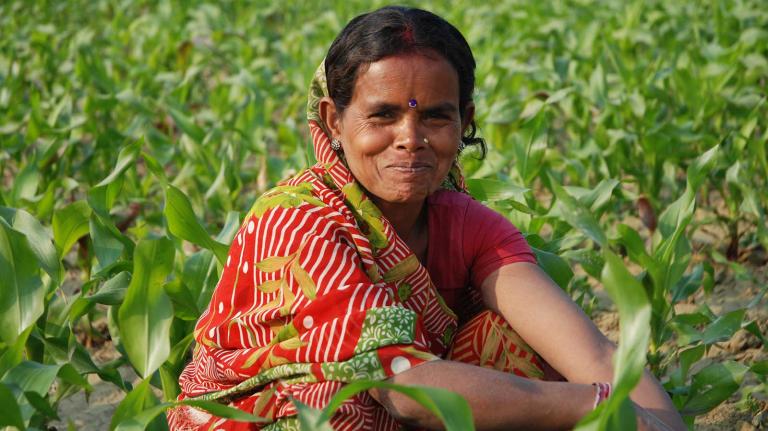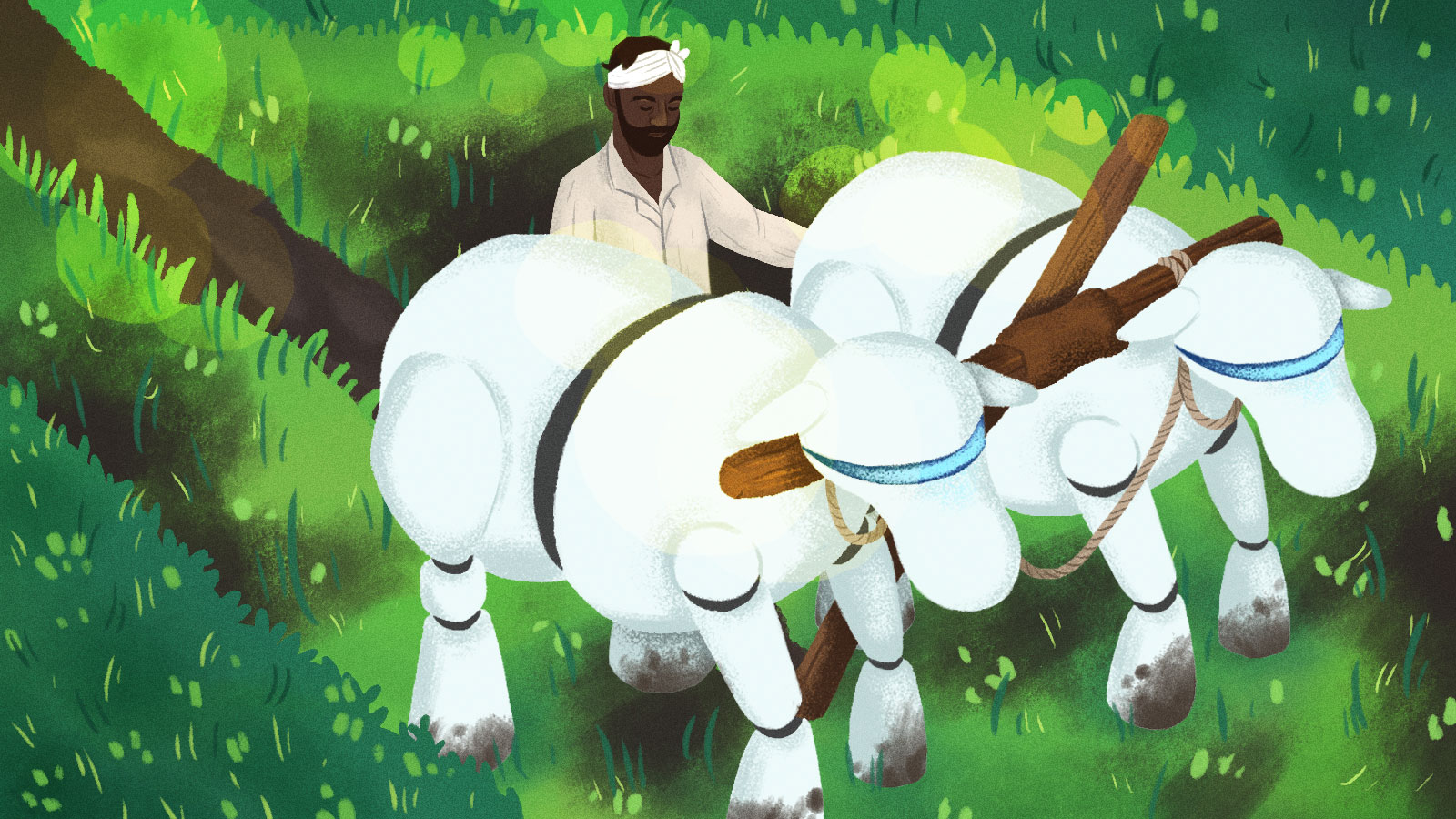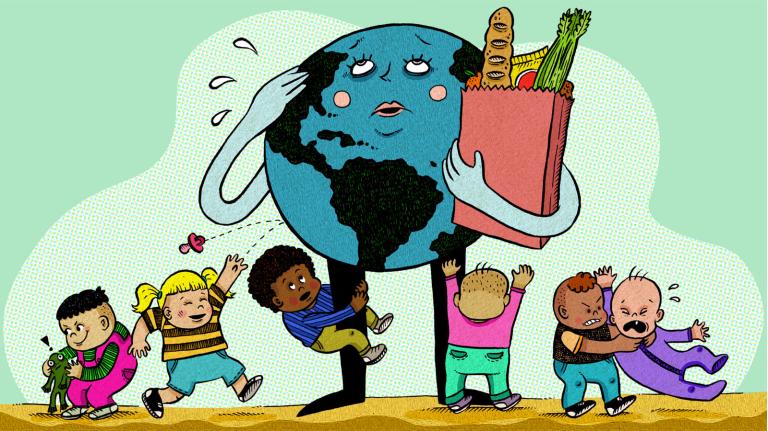On Sept. 29, the U.N. Food and Agriculture Organization (FAO) issued a call for a “paradigm shift towards sustainable agriculture and family farming.” On Twitter, people interpreted this as a rejection of high technology in agriculture. One anti-GMO campaigner said it was a call for non-GMO alternatives.
But that’s not what the FAO was saying at all. What FAO Director-General José Graziano da Silva actually said was that we should be making agriculture more sustainable by any means that can work: agroecology, climate-smart farming, biotechnology, and, yes, GMOs. “We need to explore these alternatives using an inclusive approach based on science and evidences, not on ideologies,” he said.
This may provoke cognitive dissonance in North America, but only because we have a muddled vision of agriculture. We’re used to thinking of two separate and oppositional forms of farming: One that uses technology to suppress nature, and another that works in low-tech harmony with nature. But in reality, it’s not two separate paths — it’s a spectrum. There are farms that use all sorts of high technology to stay in sync with natural cycles, and even the best low-tech organic farmers find themselves fighting nature every year.
Poor farmers trying to support their families don’t experience this cognitive dissonance. It only makes sense that they would want the tools and techniques that will give them the best chance of success.
The argument for better agricultural technology often starts by saying that we need to produce more food to feed the world. I think that’s backward. Instead, we need good technology to help small farmers get out of poverty. I’ve quoted the economist Amartya Sen to point out that it’s politics, not lack of agricultural technology, that causes famines. But Sen also includes access to technology as one of the entitlements people need to insure their livelihood. Small farmers need technology to break out of the cycle of poverty. This technology can take the form of agronomic practices, or it can arrive as high-tech, high-yielding seeds. Often it’s both, working hand in hand.
When technology and agroecology do work together like this, it can be so unexpected that it’s hard for people to accept it. For instance, last year The Guardian ran a piece by John Vidal documenting a record-breaking rice crop in Bihar, India (Grist did a reaction to that story too). The piece framed the achievement as a kind of low-tech miracle: a revolution “with no GM, and no herbicide.”
The Bihar farmers had used a technique called system of rice intensification, or SRI, which involves careful transplanting of rice to avoid damaging roots, wider spacing of plants, and a series of other practices, to grow the record crops. The story seems to be proof positive that simple ecological techniques trumped agricultural technology.
But there was more to the story. Norman Uphoff, a great evangelist for SRI, had worked with the same group of farmers, and his analysis (printed in the Indian magazine Agriculture Today), explained that the farmers used hybrid seeds from Syngenta and Bayer, along with the fungicide Carbendazim, a little bit of synthetic fertilizer, and various other chemicals.
When I talked to Uphoff, he said that farmers probably could get along fine without the pesticides and fertilizers, but the hybrid seeds were an important part of big crops. SRI alone would boost yields, but the improved seeds expanded the crop production even more. In Bihar, SRI farmers using the Syngenta hybrid got 17.85 tons per hectare, compared to the average of 9.34 tons per hectare.
The point is, for most farmers, the choice is not between technology and ecology. Instead, they figure out what combination of technologies and techniques work best for them. “It’s about optimization,” Uphoff said. “There are very few things in this world that work best if they are all one way or all the other.”
This does not mean, however, that all technologies go hand in hand with good sustainable agriculture. For example, the use of dangerous organophosphate pesticides on rice paddies during the Green Revolution wiped out the beneficial fish and crustaceans that farmers had long cultivated with their rice. Those farmers lost not only the meat from the fish, but also the insect-eating and plant-fertilizing services that those fish had provided.
There is a tendency for the use of one technology to trigger the need for another and another. Henry Ford invents a cheap car, and before you know it, we have a highway system, and giant parking-lot wastelands, and oil pipelines. But that doesn’t mean we have to abandon technology. We can tweak it instead (e.g. perhaps electric, self-driving cars that pick up a new passenger rather than waiting in a parking lot). In the case of the rice paddies, farmers didn’t abandon pesticides; instead, they switched to much safer chemicals, and in the last 20 years fish production from rice paddies in China has increased thirteenfold.
Instead of trying to abstain from agricultural technologies, poor farmers are better off if they look for smart ways to integrate the best technologies into ecological practices. It only makes sense that SRI goes hand in hand with hybrid seeds. It only makes sense that Graziano da Silva would talk about agroecology and biotechnology in the same breath.
However, there is one more complication here: Some technologies help farmers take control of their destiny, while others give some of that control to big corporations. I’ll look at that next.



